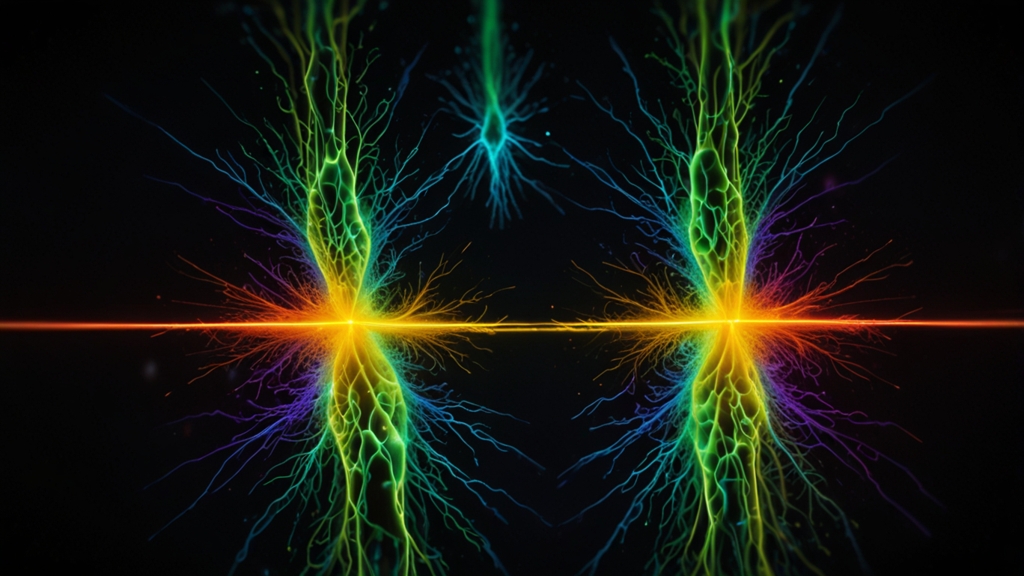Unmasking the Cruelty: The Execution Ritual of Crucifixion
Crucifixion is one of the most infamous and brutal methods of execution practiced in ancient times. It stands as a testament to the lengths humans can go to exert punishment and control over others. Most widely known as the method of execution for Jesus Christ, crucifixion was utilized by various civilizations including the Persians, Carthaginians, and Romans. This article delves into the excruciating process of crucifixion, uncovering the layers of cruelty embedded in this ancient ritual.
Historical Origins
The origins of crucifixion are somewhat obscure, but it is believed to have been first practiced by the Persians around the 6th century BCE. It spread to the Mediterranean world through the Carthaginians and was later adopted by the Romans, who perfected it as a means of punishing slaves, criminals, and revolutionaries. The method was designed not only to execute but to humiliate and instill fear among the populace.
The Process of Crucifixion
Crucifixion was not a straightforward execution; it was an elaborate process meant to prolong suffering. Initially, the condemned would often be scourged—a brutal beating that left them severely weakened. This preliminary step ensured a prolonged and torturous death on the cross. The victim would then carry the horizontal beam (patibulum) to the execution site, a task daunting in their weakened state.
At the site, the vertical stake awaited, usually already set in the ground. The horizontal beam would be affixed to the vertical post, and the victim was either tied or nailed to the structure. Contrary to popular belief, many victims were tied rather than nailed, as ropes could prolong the victim's life, thereby extending their suffering.
The Anatomy of Pain
“Crucifixion is a mountain of agony, a mixture of blood, sweat, and incessant torment.”
The physical pain of crucifixion was immense. The body would be strained in a variety of ways, leading to dislocated limbs and an excruciating struggle for breath. Respiratory distress was a primary cause of death, as the physical position made it increasingly difficult to exhale. Over time, exhaustion impeded any attempt to push oneself up to breathe, leading to slow asphyxiation.
Beyond the physical agony, the psychological torment was equally severe. Executed publicly, the condemned were subjected to humiliation and mockery. Their suffering was a spectacle, often lasting from hours to days, intended to serve as a dire warning to others who might consider defying authorities.
Symbolism and Legacy
Crucifixion transcends its roots as a mere form of punishment. It represents the ultimate form of human suffering and injustice. In Christian theology, the crucifixion of Jesus Christ symbolizes sacrifice and redemption, its brutal nature underscoring the gravity of the sacrifice. Nevertheless, its use throughout history highlights the darker aspects of human civilization and its capacity for cruelty.
“The cross is not only a symbol of sacrifice but also a reminder of humanity's capacity for cruelty.”
Today, the cross endures as a symbol of faith for millions worldwide. However, understanding the historical and physical realities of crucifixion prompts a deeper reflection on the lengths to which societies have gone to maintain control and order. In unmasking the cruelty of this execution ritual, we bear witness to the darker facets of human history—those that we must remember to ensure they are never repeated.







